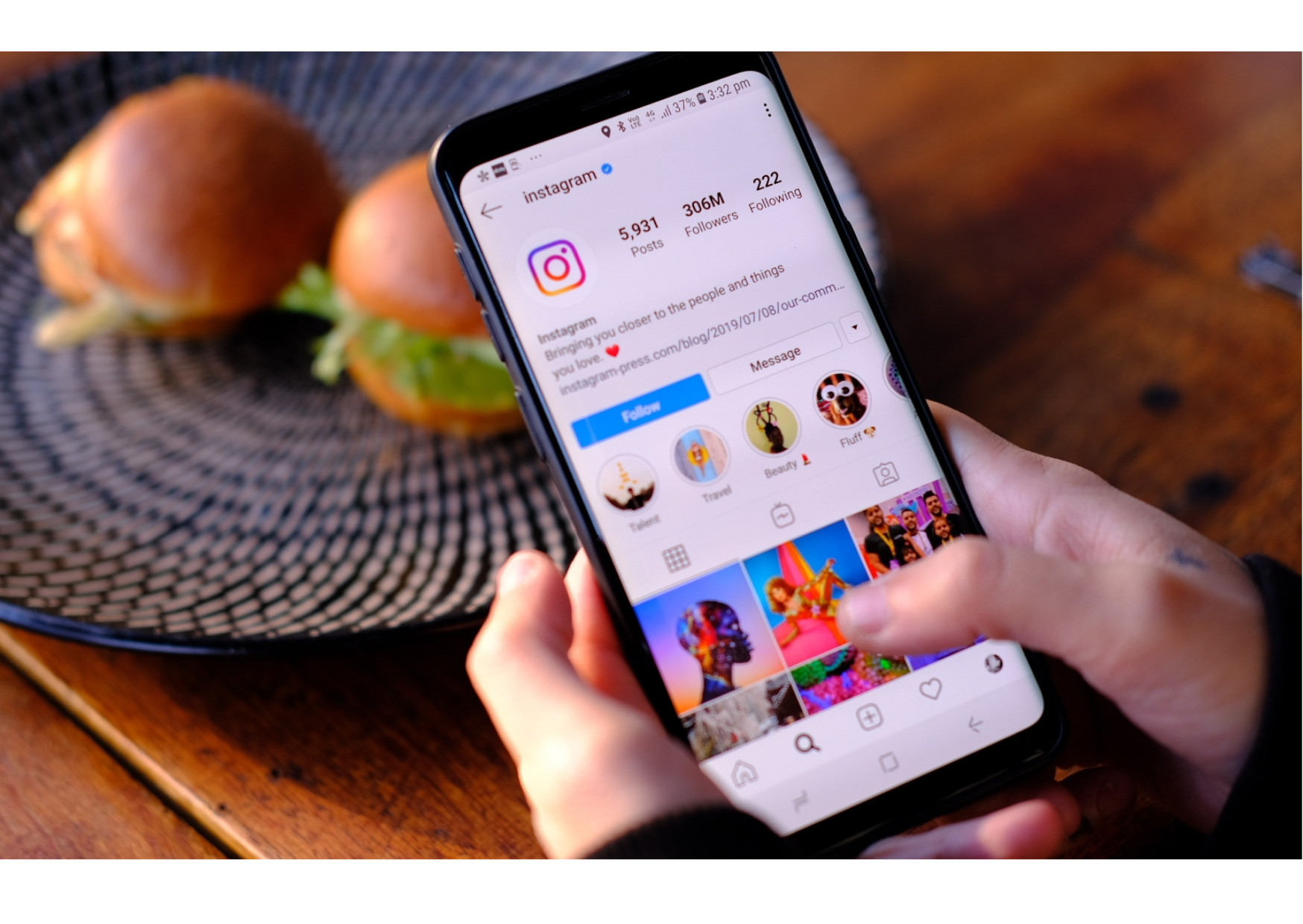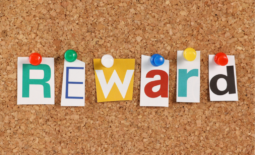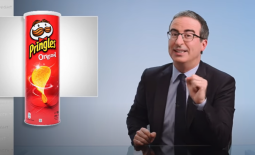SOCIAL MEDIA AND CRISIS COMMUNICATION
Social media has transferred crisis communication to a completely new territory with new dimensions. The Internet enables rumors and cybercrises to arise faster each day. And regardless of whether they happened by accident or were provoked by someone, they need to be answered immediately so that they do not spread “uncorrected”. If people want to spread lies about you, they will. If the rumors are a lie and you know who is spreading them, then you have the opportunity to tackle this with lawyers as well. But it is imperative that you “plant a peg through their heart”, quickly.
Traditional crisis communication follows a strategy of “owning your own story”. This means moving fast in order to maintain control over how the story of a problem or incident is shared and interpreted, and thus shape how the external audience evaluates the performance of organizations.
In the world of social media, it is very difficult to maintain control over your story and try to do so with traditional methods (control of access to information, intentional official response protocols, etc.). They can even be counterproductive.
Social networks have created a communication context where communication modes are most effective and changed. People now value authenticity, humanity, accessibility, dialogue and commitment. As a result, a new approach to crisis communication is more than obviously needed.
How has social media influenced crisis communication?
- Information travels faster, especially the misleading and false ones:
Obviously, news and information travel much faster, which means that organizations need to monitor issues and potential crises more regularly and respond more quickly when something bad happens. Due to social networks, there is much more misleading and false information that needs to be monitored, and some may even be intentional.
- The nature of social networks is open and responsive:
Perhaps most importantly, the nature of social media means that people today expect organizations to be open and responsive during a crisis – which can have profound consequences for a crisis strategy, important at a time when many large organizations are not trusted and the facts are unclear, and so the first crisis occurs.
What are the dangers and opportunities of social media in crisis communication?
Social media poses a number of strategic risks and operational challenges in times of crisis:
- organizations need to respond very quickly, ensuring that their messages are consistent across many channels,
- you need to manage a huge amount of comments and feedback, while knowing what needs to be retained and what needs to be removed,
- online opinions and feedback can be distorted, inaccurate and not as insightful as normal market research,
- an analog management team that does not understand the social network can be very twitchy during a crisis, leading to poor decision-making,
- if social networks are taken seriously and strategically, procedures may not be needed before and during a crisis to address it.
The main advantages thanks to social networks are:
- organizations now have greater insight into what different stakeholders think of them and how they treat them,
- crisis strategy and communication can be more or less tested and corrected in real time, instead of having to commission custom market research,
- stakeholder relations can be addressed directly, beyond “traditional” gatekeepers such as conventional media,
- with the help of video, photos and other tools, it is now possible to actually communicate emotionally in critical situations.
You know the saying “It takes a village” that says a lot of people have to work together to achieve a certain goal? Well, we agree when it comes to crisis communication, especially on social media. In such situations, it is necessary to have a team with you who knows both the advantages and dangers of social media and can advise you. Our experienced team can help you with this, offering help in developing a communication plan.




